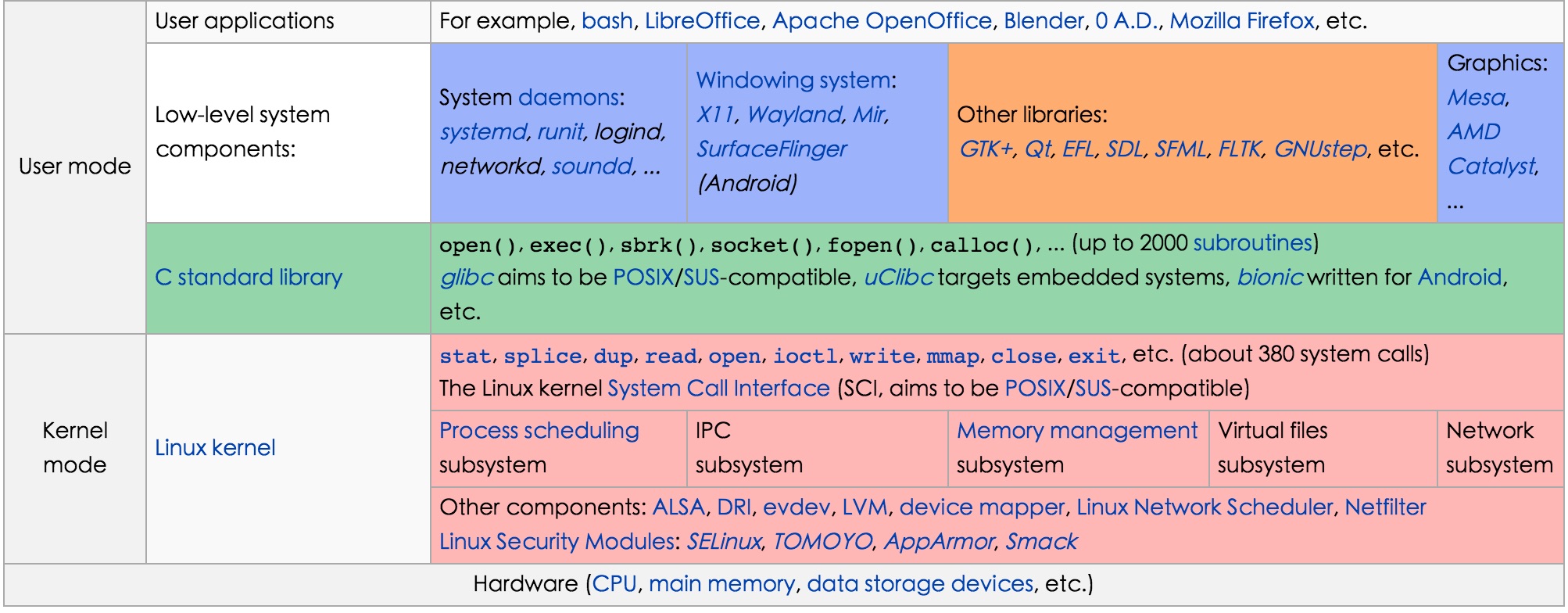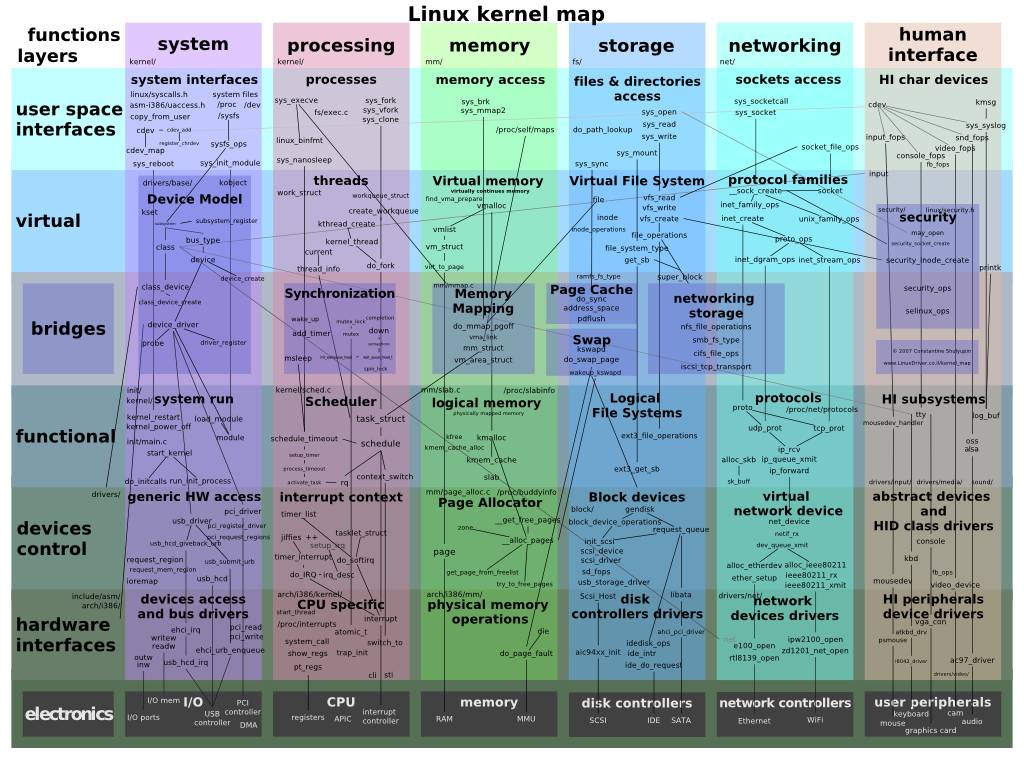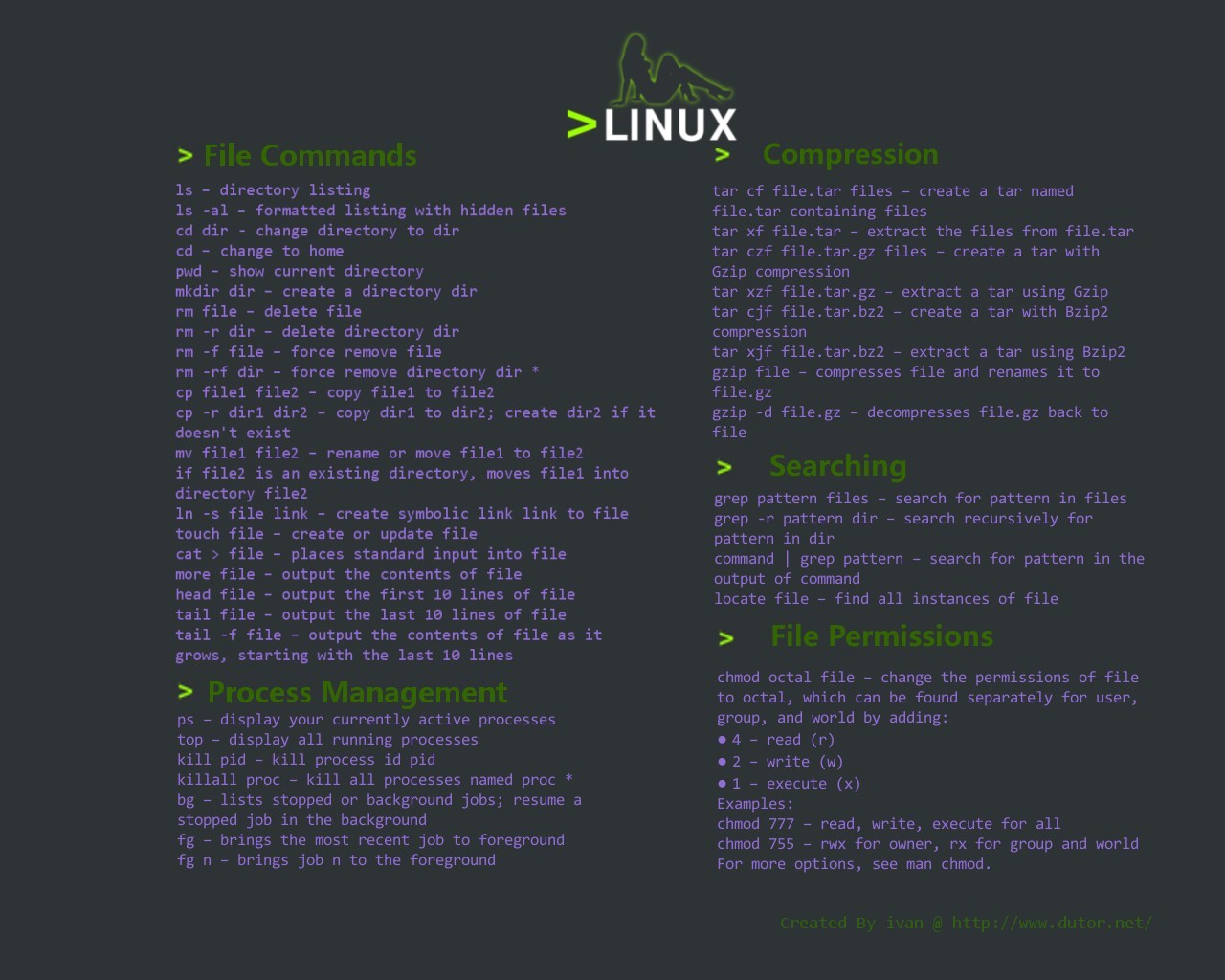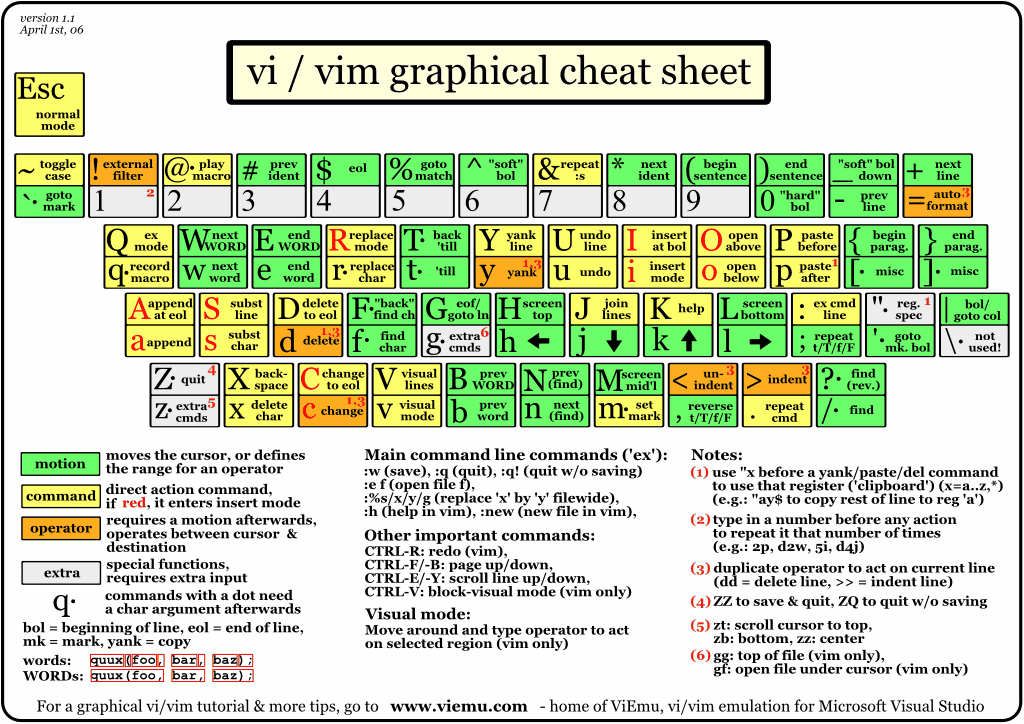Linux Basics: A must-have for full-stack developers
| Introduction | Linux is almost everywhere, whether it is server construction or client development, the basic skills of the operating system are necessary for the full stack. |
Linux distributions can be roughly divided into two categories, one is the distribution maintained by commercial companies, and the other is the distribution maintained by community organizations. The former is represented by the famous Redhat (RHEL), and the latter is represented by Debian. .
Redhat should be called the Redhat series, including RHEL, Fedora, and CentOS (the community clone version of RHEL, free). Strictly speaking, Ubuntu cannot be considered an independent distribution. Ubuntu is enhanced based on Debian, a nearly perfect Linux desktop system that has all the advantages of Debian and its own enhanced advantages. The Ubuntu community values practicality and innovation above all else.
If you need a relatively stable server system, then the best choice is CentOS. After the installation is completed, it can provide very stable services after simple configuration. But for cloud environments, unbantu may be good. Hadoop was first developed on ubantu.
ArchitectureUnderstanding the architecture can give you a better sense of direction. Linux has two modes: kernel and user. The kernel, shell and file system together form the basic operating system structure. The Linux kernel consists of the following parts: memory management, process management, device driver, file system and network management, etc.

Understanding the Linux kernel can make full use of resources and have a sense of purpose when tuning the system.

Linux divides memory into manageable "memory pages" and provides abstractions for 4KB buffers, such as the slab allocator. A process is actually a running entity of a specific application, and process scheduling controls the process's access to the CPU. Common inter-process communication mechanisms in Linux include signals, pipes, shared memory, semaphores, sockets, etc. The kernel provides an API through SCI to create a new process (fork, exec or POSⅨ), stop the process (kill, exit), and communicate and synchronize between them (signal or POSⅨ mechanism).
The Linux operating system combines independent file systems into a hierarchical tree structure, and a single entity represents this file system. Since Linux supports many different file systems and organizes them into a unified virtual file system, the device driver provides a set of abstract interfaces that the operating system can understand to complete the interaction with the operating system, while the specific hardware-related The details of operation are done by the device driver. The network portion of the Linux kernel consists of BSD sockets, network protocol layers, and network device drivers. Network device drivers are responsible for communicating with hardware devices, and there is a corresponding device driver for every possible hardware device.
linux file systemLinux system can support a variety of currently popular file systems, and EXT4 is recommended.
The main file types under Linux are:
1) Ordinary files are divided into plain text and binary.
2) Directory file, where files are stored.
3) Link files, files pointing to the same file or directory.
4) Device files are divided into block devices and character devices.
5) Pipe files provide inter-process communication
6) Socket file, related to network communication
Linux uses a standard directory structure. The installation program has already created a file system and a complete and fixed directory composition for the user, and specified the role of each directory and the file types in it.
| Directory name | A brief description |
|---|---|
| /bin | Binary executable command |
| /dev | Device special files |
| /etc | System management and configuration files |
| /etc/rc.d | Startup configuration files and scripts |
| /home | The base point of the user's home directory. For example, the home directory of user abc is /home/user, which can be represented by ~abc |
| /lib | Standard Programming Library |
| /sbin | System management commands, the management programs used by system administrators are stored here |
| /tmp | Public temporary file storage point |
| /root | System administrator’s home directory |
| /mnt | The system provides this directory to allow users to temporarily mount other file systems. |
| /lost found | This directory is usually empty. The system shuts down abnormally and leaves "homeless" files |
| /proc | Virtual directory is a mapping of system memory. This directory can be accessed directly to obtain system information. |
| /var | The overflow area of certain large files, such as log files of various services |
| /usr | The largest directory, almost all the applications and files to be used are in this directory. Contains: /usr/X11R6 directory where X window is stored /usr/bin Numerous Applications /usr/sbin Some management programs for super users /usr/doc linux documentation /usr/include Header files required to develop and compile applications under Linux /usr/lib Commonly used dynamic link libraries and software package configuration files /usr/man Help Document /usr/src source code, the source code of the Linux kernel is placed in /usr/src/linux /usr/local/bin Locally added commands /usr/local/lib Locally added libraries |
Shell is the user interface of the system, providing an interface for users to interact with the kernel. It receives commands entered by the user and sends them to the kernel for execution. It is a command interpreter. There are many types of shells, but BASH is recommended here. BASH is GNU's Bourne Again Shell, which is the default shell on the GNU operating system. Most Linux distribution packages use this shell. Linux Shell and Commands
Linux has many commands. A simple classification is given below.

Organizing Linux commands in the shell to complete a series of tasks is shell programming. Shell, Perl and Python are the most commonly used scripting languages on Linux, and I still recommend using Python.
Standard Linux systems generally have a set of programs called applications, which include text editors, programming languages, X Window, Internet tools, databases, etc.
For text editing, Emacs and vim have their own merits. They can even be used as IDEs through plug-ins. Personally, I feel that VIM should be a necessary skill. There are also many commands in vim, which are summarized as follows:

As far as application management is concerned, ubuntu needs to be familiar with the apt command, and centos needs the yum command. Of course, source code compilation and installation are necessary. The writing of makefile and the usage of configure/autoconfig/make must be familiar to you.
The above is the detailed content of Linux Basics: A must-have for full-stack developers. For more information, please follow other related articles on the PHP Chinese website!

Hot AI Tools

Undresser.AI Undress
AI-powered app for creating realistic nude photos

AI Clothes Remover
Online AI tool for removing clothes from photos.

Undress AI Tool
Undress images for free

Clothoff.io
AI clothes remover

Video Face Swap
Swap faces in any video effortlessly with our completely free AI face swap tool!

Hot Article

Hot Tools

Notepad++7.3.1
Easy-to-use and free code editor

SublimeText3 Chinese version
Chinese version, very easy to use

Zend Studio 13.0.1
Powerful PHP integrated development environment

Dreamweaver CS6
Visual web development tools

SublimeText3 Mac version
God-level code editing software (SublimeText3)

Hot Topics
 1386
1386
 52
52
 How to use docker desktop
Apr 15, 2025 am 11:45 AM
How to use docker desktop
Apr 15, 2025 am 11:45 AM
How to use Docker Desktop? Docker Desktop is a tool for running Docker containers on local machines. The steps to use include: 1. Install Docker Desktop; 2. Start Docker Desktop; 3. Create Docker image (using Dockerfile); 4. Build Docker image (using docker build); 5. Run Docker container (using docker run).
 Difference between centos and ubuntu
Apr 14, 2025 pm 09:09 PM
Difference between centos and ubuntu
Apr 14, 2025 pm 09:09 PM
The key differences between CentOS and Ubuntu are: origin (CentOS originates from Red Hat, for enterprises; Ubuntu originates from Debian, for individuals), package management (CentOS uses yum, focusing on stability; Ubuntu uses apt, for high update frequency), support cycle (CentOS provides 10 years of support, Ubuntu provides 5 years of LTS support), community support (CentOS focuses on stability, Ubuntu provides a wide range of tutorials and documents), uses (CentOS is biased towards servers, Ubuntu is suitable for servers and desktops), other differences include installation simplicity (CentOS is thin)
 What to do if the docker image fails
Apr 15, 2025 am 11:21 AM
What to do if the docker image fails
Apr 15, 2025 am 11:21 AM
Troubleshooting steps for failed Docker image build: Check Dockerfile syntax and dependency version. Check if the build context contains the required source code and dependencies. View the build log for error details. Use the --target option to build a hierarchical phase to identify failure points. Make sure to use the latest version of Docker engine. Build the image with --t [image-name]:debug mode to debug the problem. Check disk space and make sure it is sufficient. Disable SELinux to prevent interference with the build process. Ask community platforms for help, provide Dockerfiles and build log descriptions for more specific suggestions.
 How to view the docker process
Apr 15, 2025 am 11:48 AM
How to view the docker process
Apr 15, 2025 am 11:48 AM
Docker process viewing method: 1. Docker CLI command: docker ps; 2. Systemd CLI command: systemctl status docker; 3. Docker Compose CLI command: docker-compose ps; 4. Process Explorer (Windows); 5. /proc directory (Linux).
 What computer configuration is required for vscode
Apr 15, 2025 pm 09:48 PM
What computer configuration is required for vscode
Apr 15, 2025 pm 09:48 PM
VS Code system requirements: Operating system: Windows 10 and above, macOS 10.12 and above, Linux distribution processor: minimum 1.6 GHz, recommended 2.0 GHz and above memory: minimum 512 MB, recommended 4 GB and above storage space: minimum 250 MB, recommended 1 GB and above other requirements: stable network connection, Xorg/Wayland (Linux)
 Detailed explanation of docker principle
Apr 14, 2025 pm 11:57 PM
Detailed explanation of docker principle
Apr 14, 2025 pm 11:57 PM
Docker uses Linux kernel features to provide an efficient and isolated application running environment. Its working principle is as follows: 1. The mirror is used as a read-only template, which contains everything you need to run the application; 2. The Union File System (UnionFS) stacks multiple file systems, only storing the differences, saving space and speeding up; 3. The daemon manages the mirrors and containers, and the client uses them for interaction; 4. Namespaces and cgroups implement container isolation and resource limitations; 5. Multiple network modes support container interconnection. Only by understanding these core concepts can you better utilize Docker.
 What is vscode What is vscode for?
Apr 15, 2025 pm 06:45 PM
What is vscode What is vscode for?
Apr 15, 2025 pm 06:45 PM
VS Code is the full name Visual Studio Code, which is a free and open source cross-platform code editor and development environment developed by Microsoft. It supports a wide range of programming languages and provides syntax highlighting, code automatic completion, code snippets and smart prompts to improve development efficiency. Through a rich extension ecosystem, users can add extensions to specific needs and languages, such as debuggers, code formatting tools, and Git integrations. VS Code also includes an intuitive debugger that helps quickly find and resolve bugs in your code.
 How to switch Chinese mode with vscode
Apr 15, 2025 pm 11:39 PM
How to switch Chinese mode with vscode
Apr 15, 2025 pm 11:39 PM
VS Code To switch Chinese mode: Open the settings interface (Windows/Linux: Ctrl, macOS: Cmd,) Search for "Editor: Language" settings Select "Chinese" in the drop-down menu Save settings and restart VS Code




